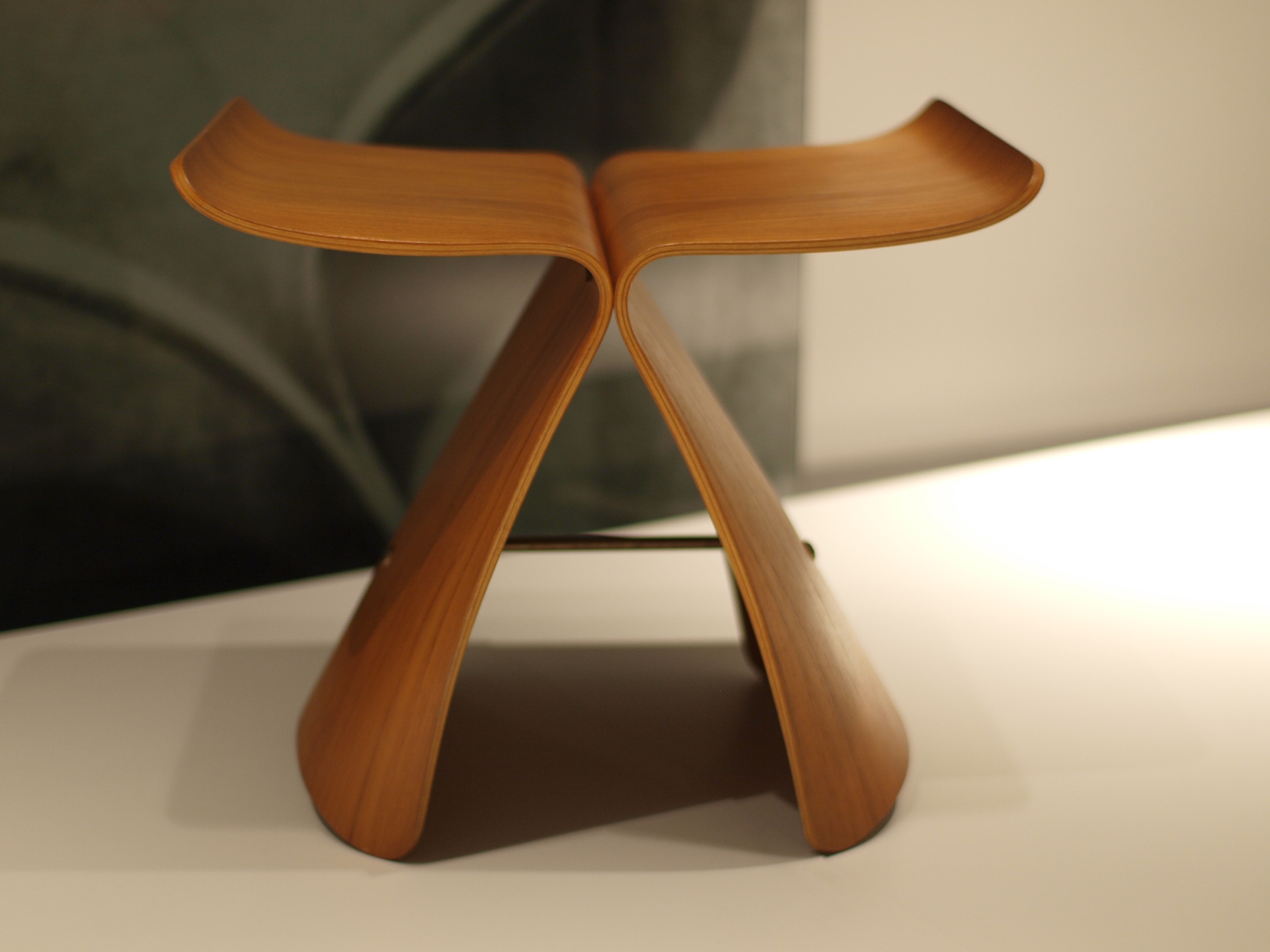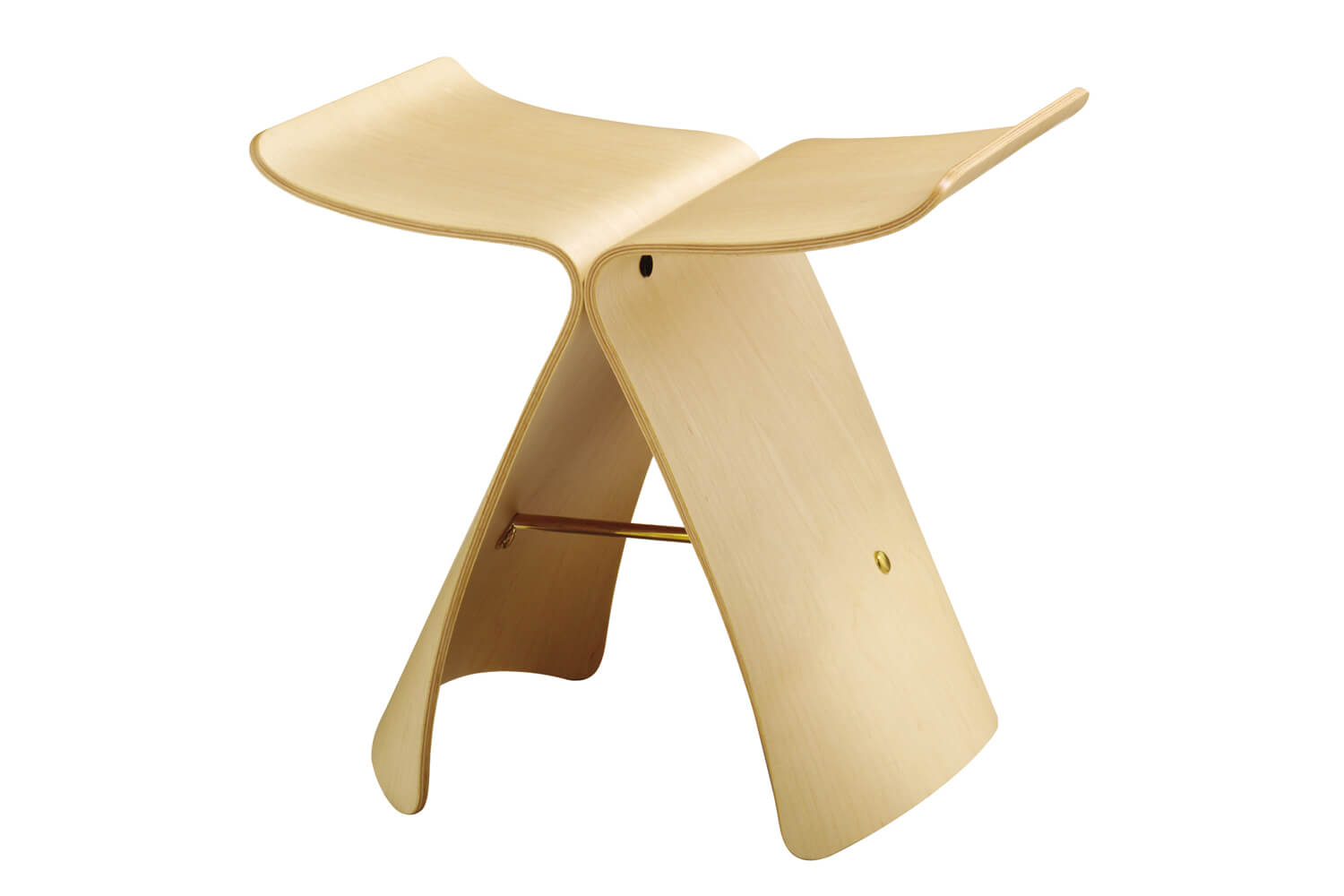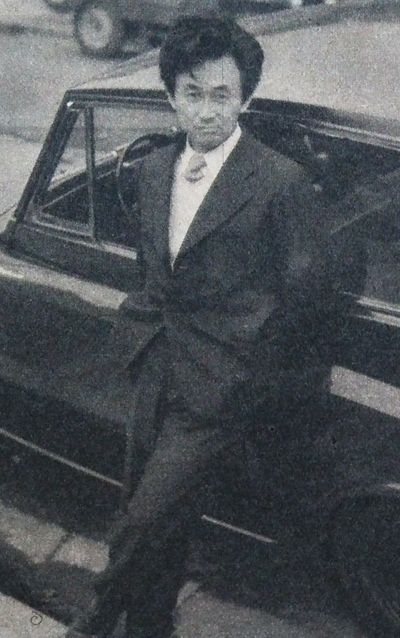The Butterfly Stool: at the Crossroads between Western and Japanese Design
Created in 1954 by Sori Yanagi, this piece of furniture uses a moulded plywood technique that was novel at the time, devised by the Eameses.

© Wikimedia Commons - tomislav medak
Created in 1954 by Sori Yanagi, an iconic figure in Japanese industrial design, the butterfly stool is composed of two identical curved pieces of plywood. Some see these as butterfly wings, after which it is named. To others, the shape recalls that of Japanese ideograms.
An aesthetic that evokes Japanese craftsmanship
However, the techniques used to make this stool come from the west. The bending of the plywood, which allows it to be given its curved shape, was developed by Charles and Ray Eames. Sori Yanagi also drew inspiration from western chairs, perhaps due to his contact with Charlotte Perriand, for whom he worked as an assistant during her stay in Japan from 1940 until 1942, because at the time, the Japanese were accustomed to sitting on the floor.
The simplicity of the lines and the organic shape of the stool evoke craftsmanship and appear to echo the work of the designer’s father, Soetsu Yanagi, who launched the Mingei movement that preserved and enhanced handmade everyday objects. The butterfly stool, made in Japan from maple or rosewood by furniture manufacturer Tendo Mokko who specialise in wood, has since acquired the status of a work of art and has become part of the collections in important museum institutions like the MET in New York.
The butterfly stool by Sori Yanagi is now available from Vitra.

© Tendo Mokko

© Tendo Mokko

Sori Yanagi, public domain
TRENDING
-
The Tattoos that Marked the Criminals of the Edo Period
Traditional tattoos were strong signifiers; murderers had head tattoos, while theft might result in an arm tattoo.

-
Paris, Tokyo: Robert Compagnon
With his co-chef and talented wife, Jessica Yang, Robert Compagnon opened one of the top new restaurants in Paris: Le Rigmarole.
 3:31
3:31 -
The Story of Sada Yacco, the Geisha who Bewitched Europe
Described by Dazed magazine as the first beauty influencer, she has been restored to her former glory since 2019.

-
Ito Jakuchu's Naturalist Paintings
From 15 September until 14 October 2018, the Petit Palais showcased the artist's iconic ‘Images of the Colourful Realm of Living Beings’.

-
Chiharu Shiota, Red Threads of the Soul
Last year, more than 660,000 people visited the retrospective 'Chiharu Shiota: The Soul Trembles' exhibit at the Mori Art Museum.





